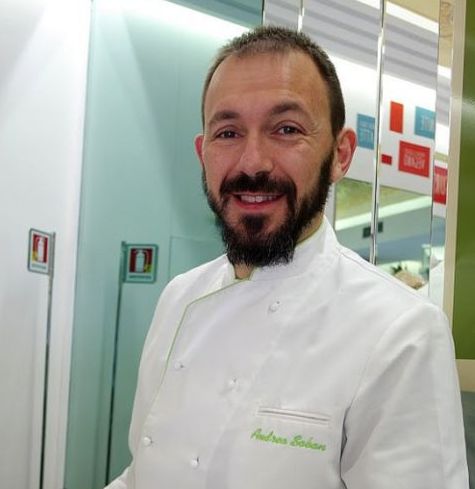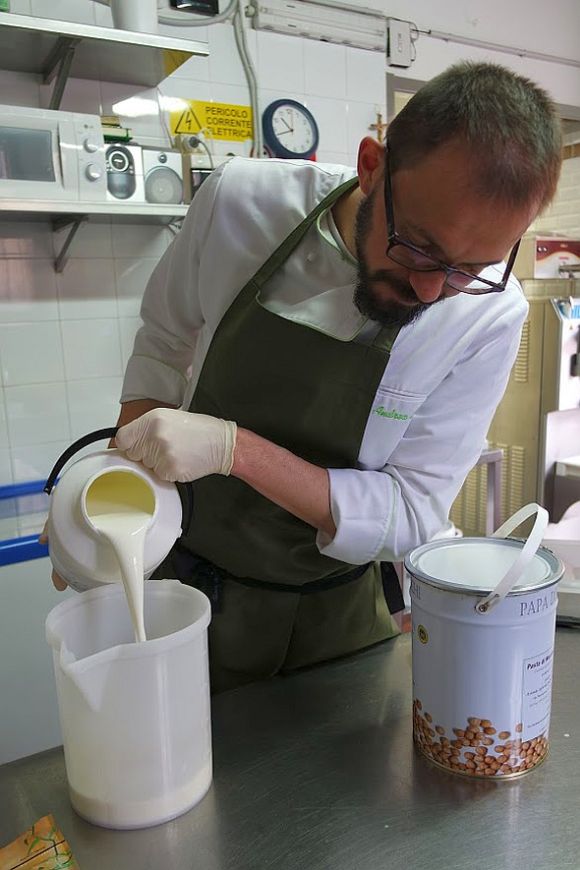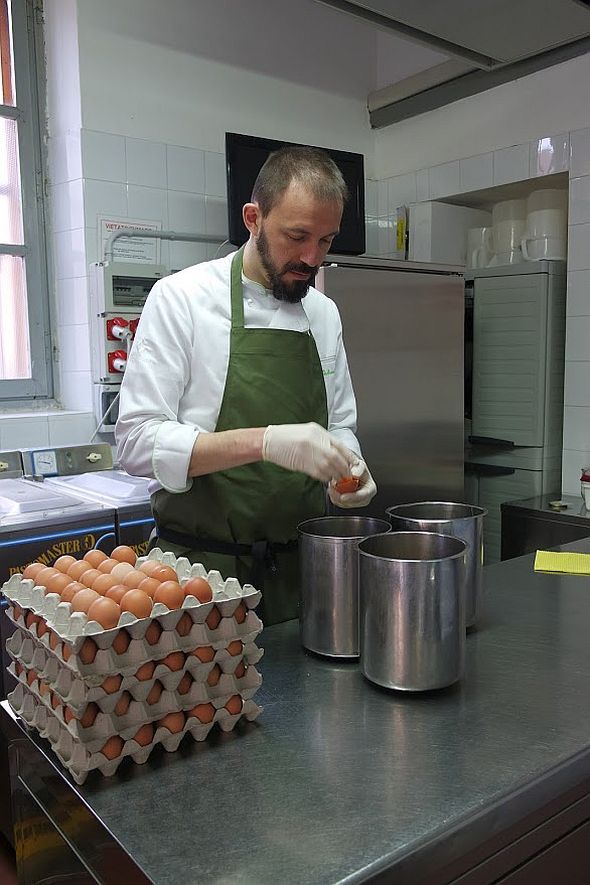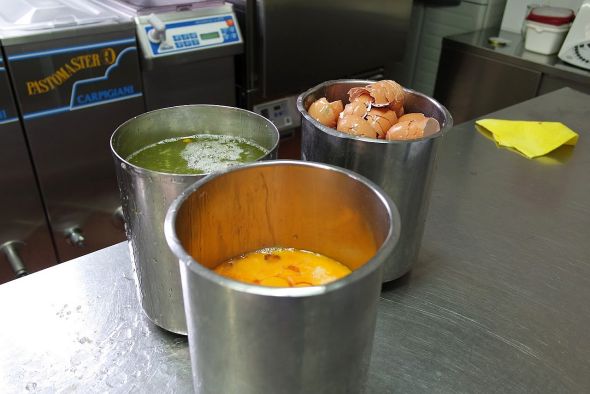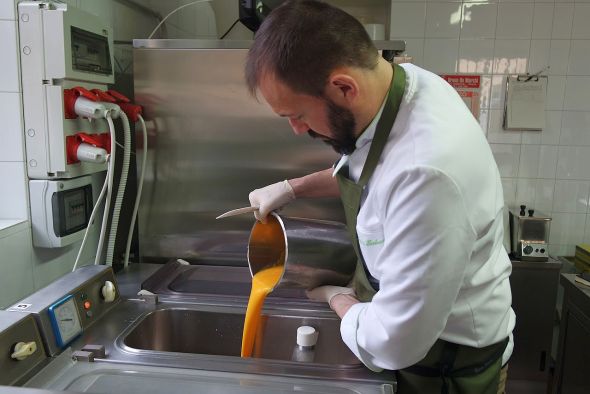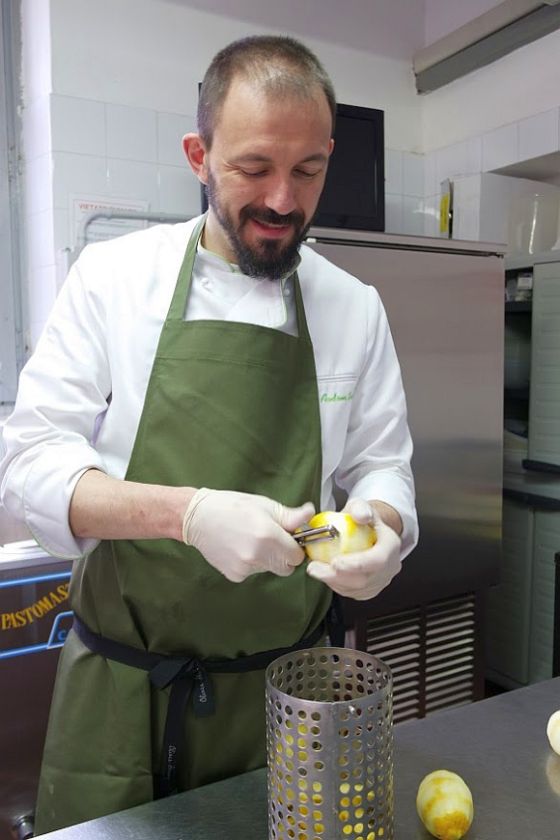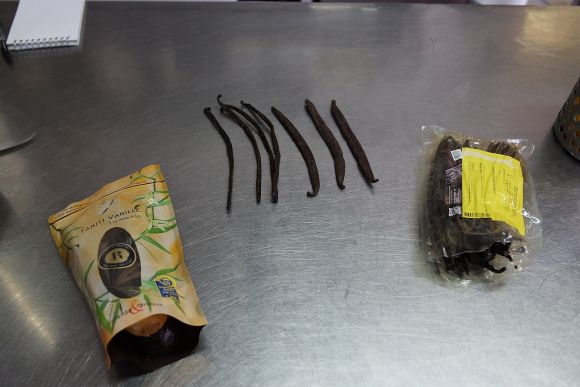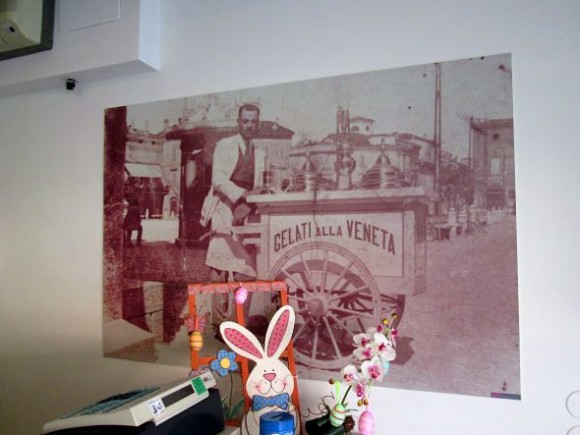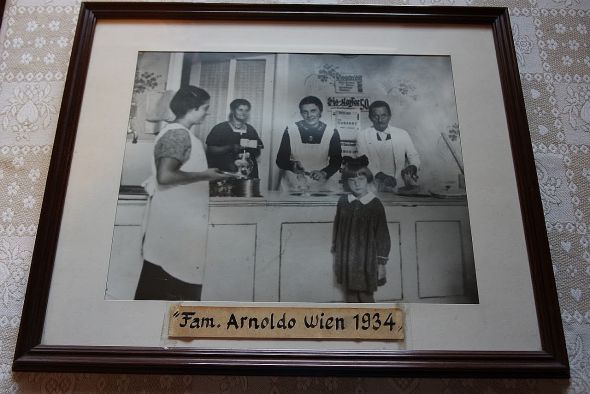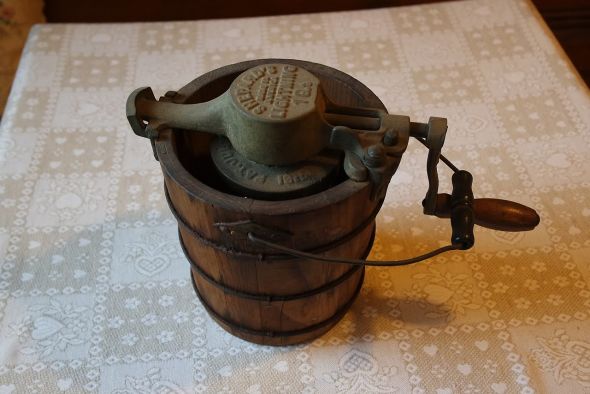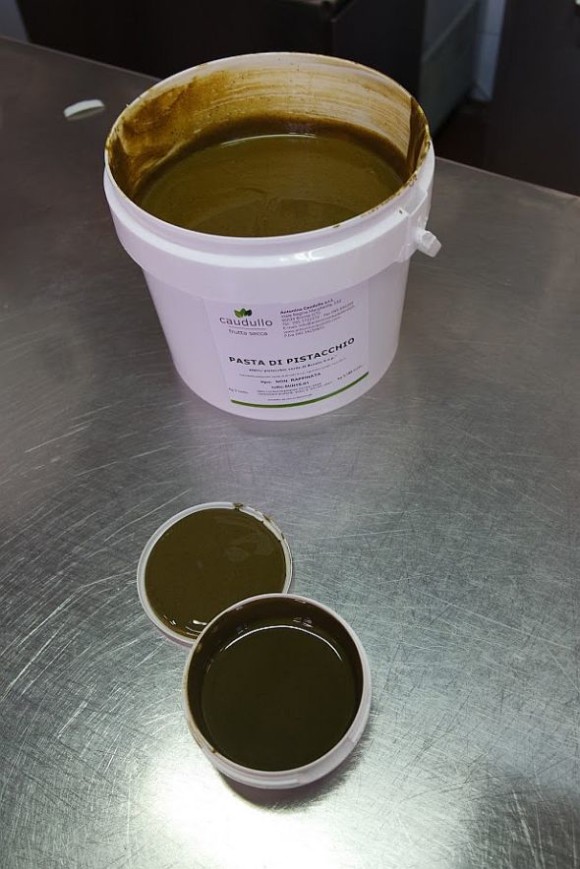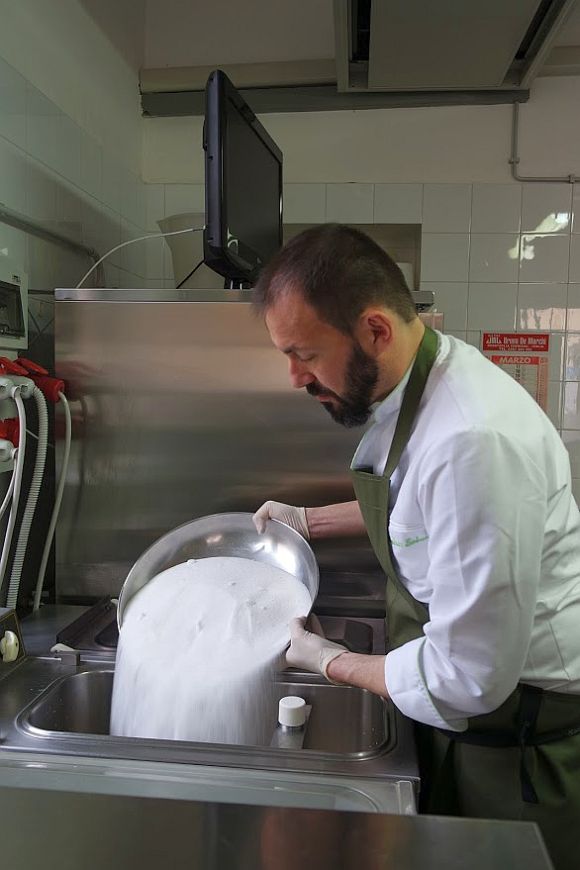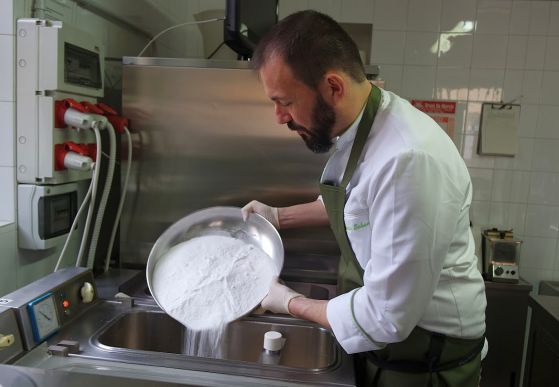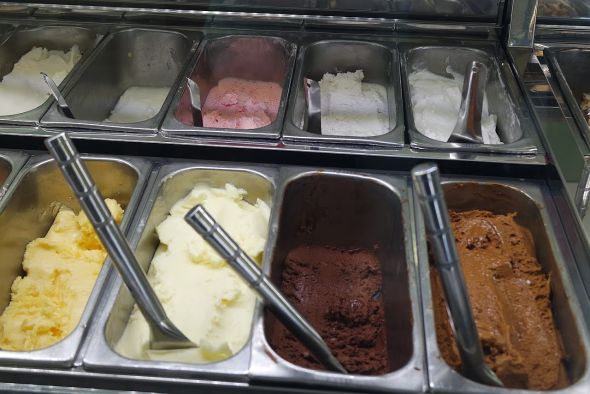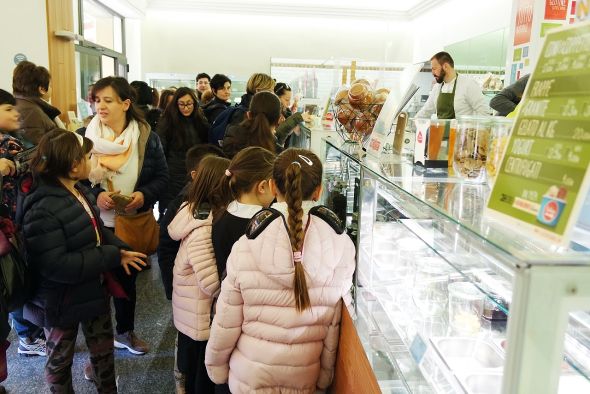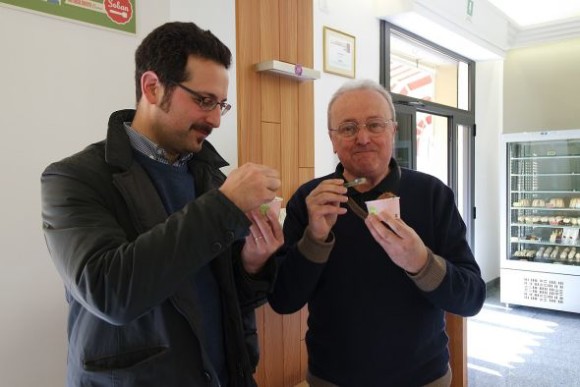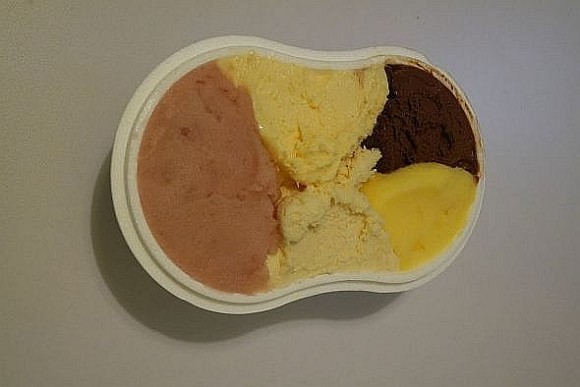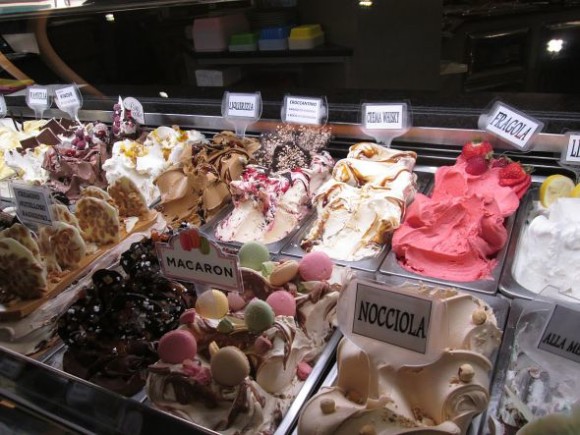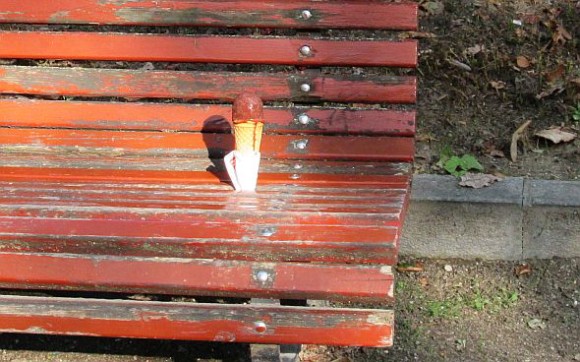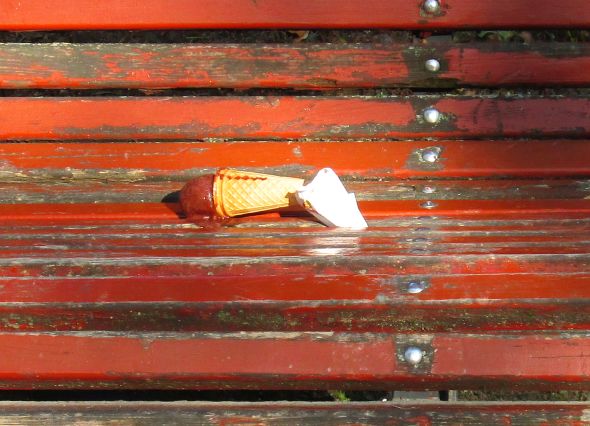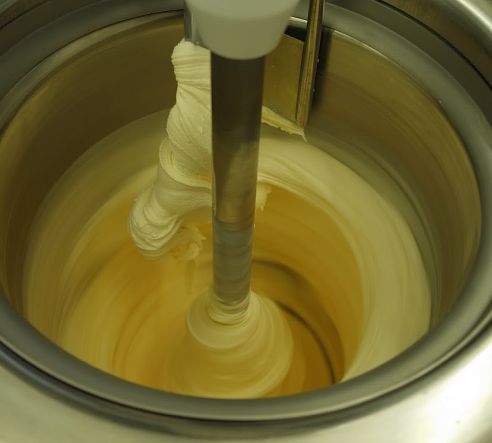
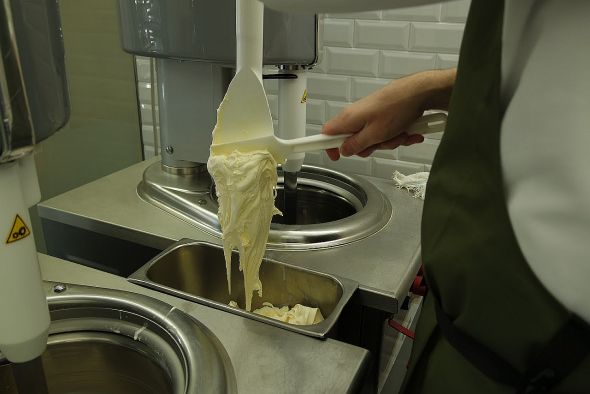
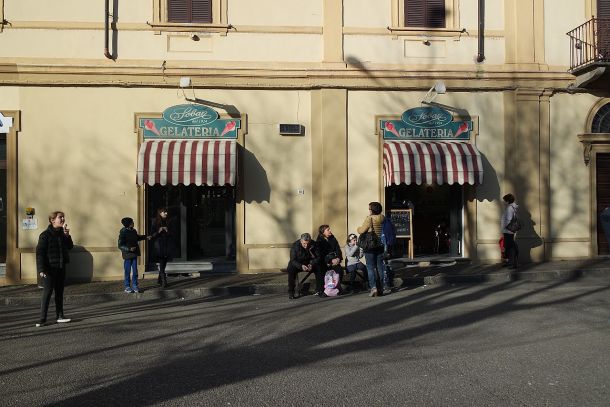
I have spent the last few months immersed –now there’s a thrilling thought — in gelato. Specifically, in the artisanal gelato made by Andrea Soban in Valenza, Italy.
Guess what? It’s simpler, and also harder, than you might think. Simpler in the sense of ingredients and procedure, and harder because, like playing a Bach fugue, you can’t just up and do it one day when the mood strikes you. And don’t think that even professionals always (or ever) reach this empyreal level. Those images above represent a literal lifetime of effort.
As it happens, though, we can leave it to him to deal with the details. Anyone who can make it to Valenza can enter this parallel universe where everything conspires to make you happy.
The following photos are not intended as a manual on how make sublime gelato (I’ve left out a few things, such as “equipment” and “expertise”) but to show the attention to detail and the quality of ingredients Andrea lavishes on his ephemeral creations. In fact, he’s always one day behind the gelato staring at you from the display case; ordering the milk and cream, making the mixture and leaving it in the pasteurizer overnight to “mature” means that what he freezes today he actually brewed up yesterday.
I wish he lived next door. Life would be so much better.
